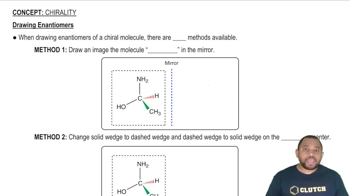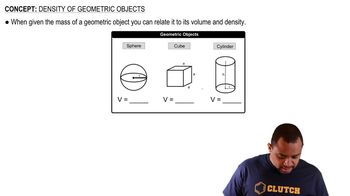The molecule dimethylphosphinoethane [(CH3)2PCH2CH2P(CH3)2, which is abbreviated dmpe] is used as a ligand for some complexes that serve as catalysts. A complex that contains this ligand is Mo(CO)4(dmpe) .
a. Draw the Lewis structure for dmpe, and compare it with ethylenediamine as a coordinating ligand.
b. What is the oxidation state of Mo in Na2[Mo(CN)2(CO)2(dmpe)] ?
c. Sketch the structure of the [Mo(CN)2(CO)2(dmpe)]2- ion, including all the possible isomers.





